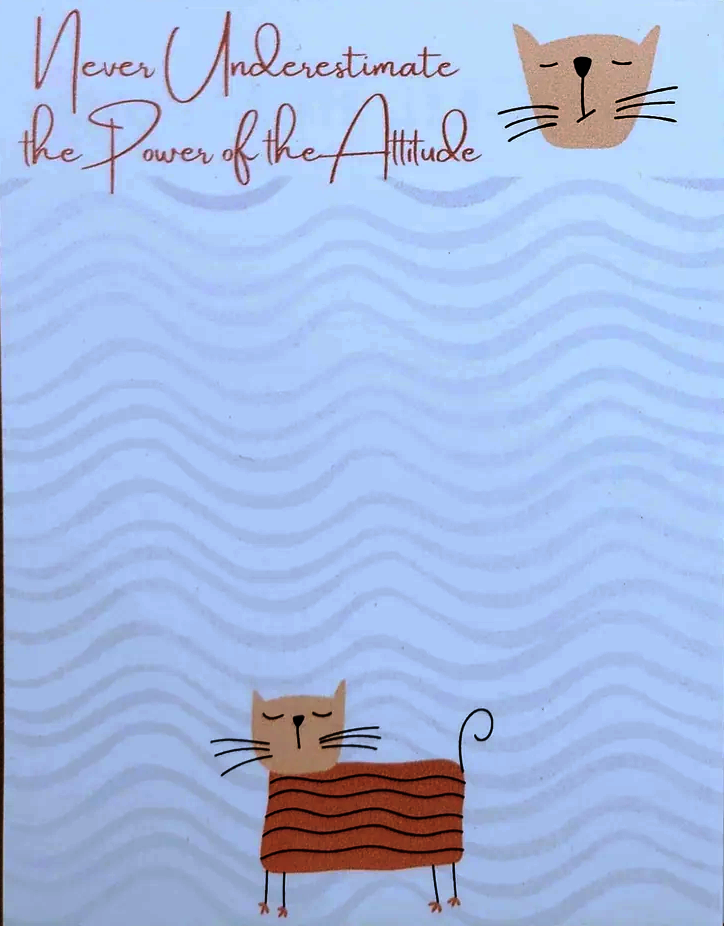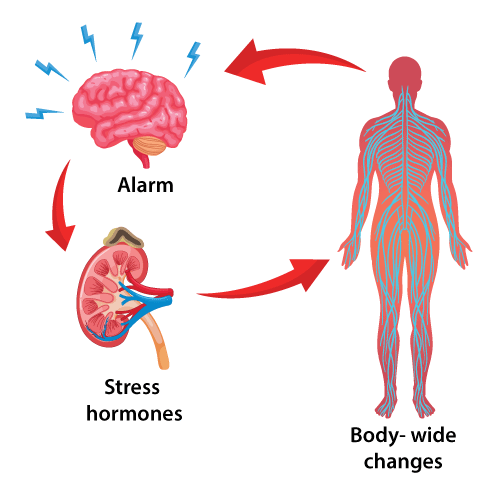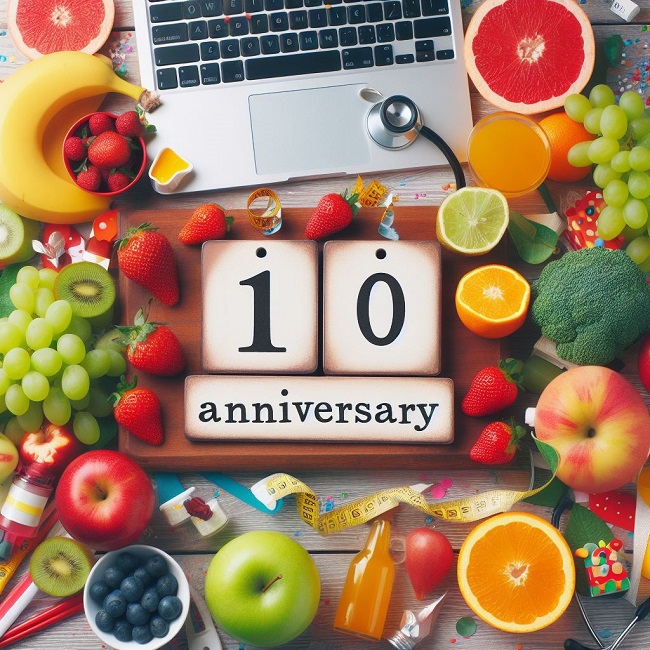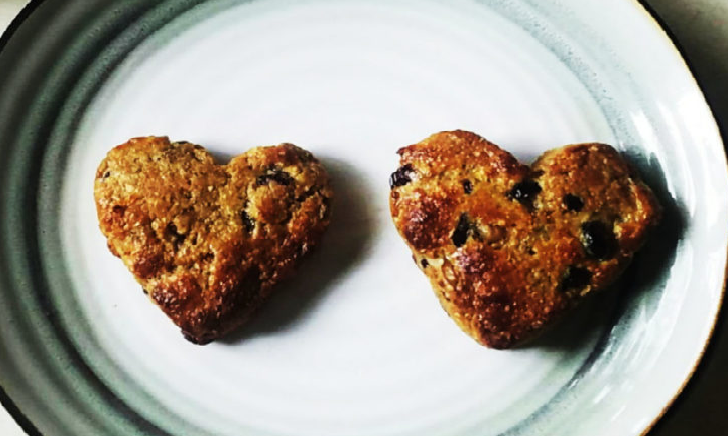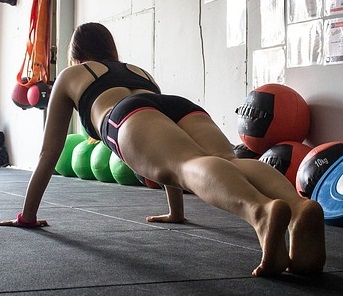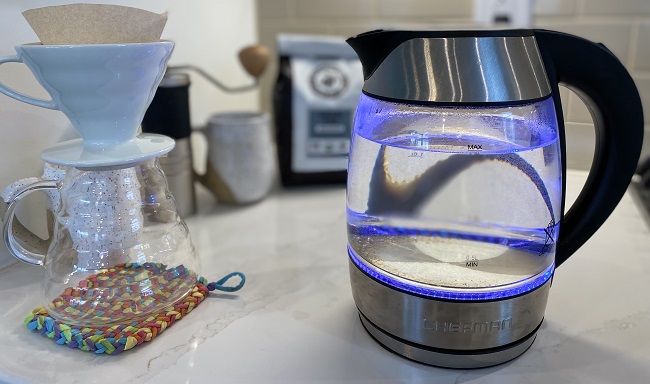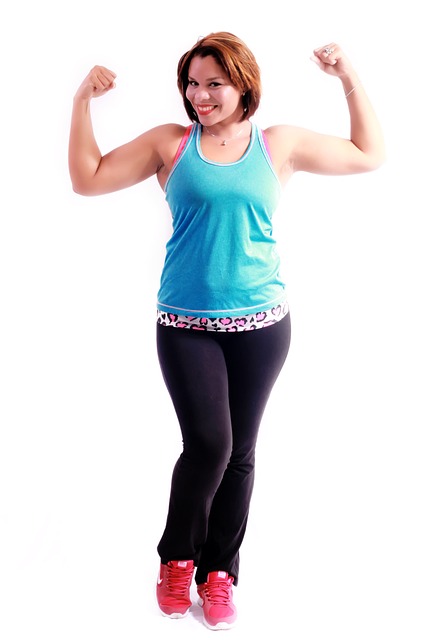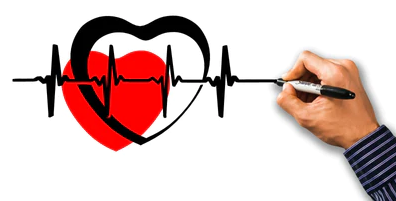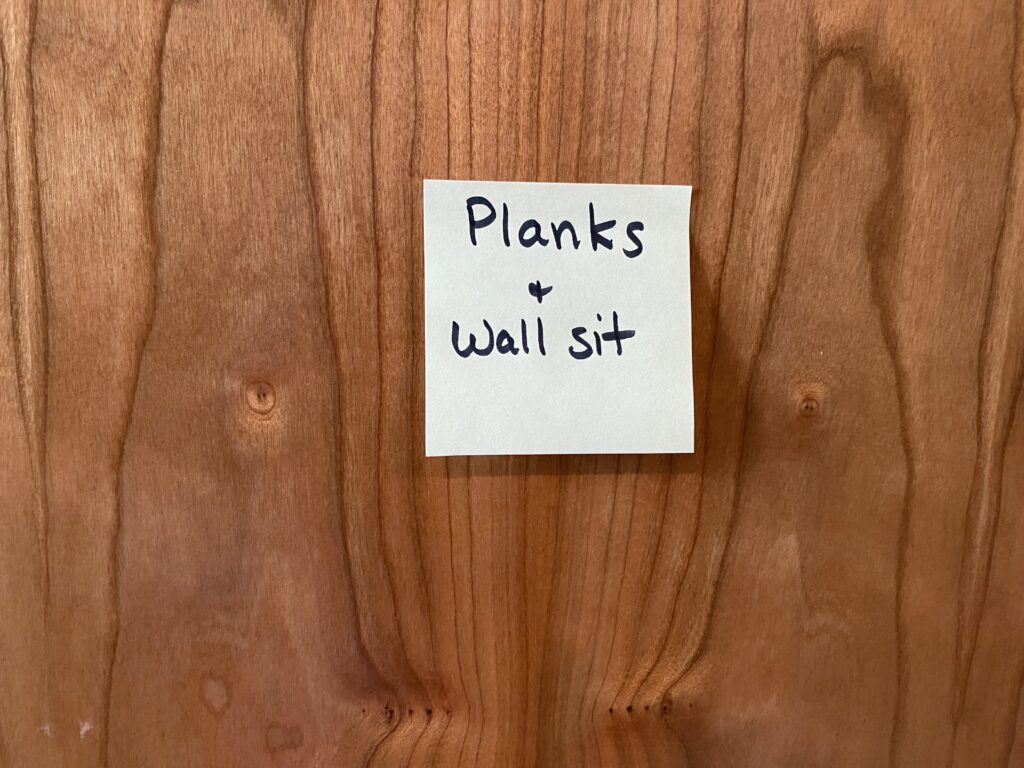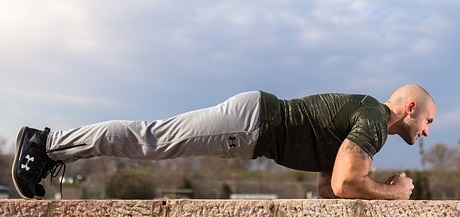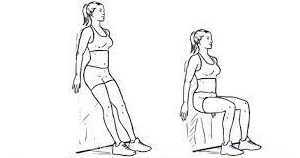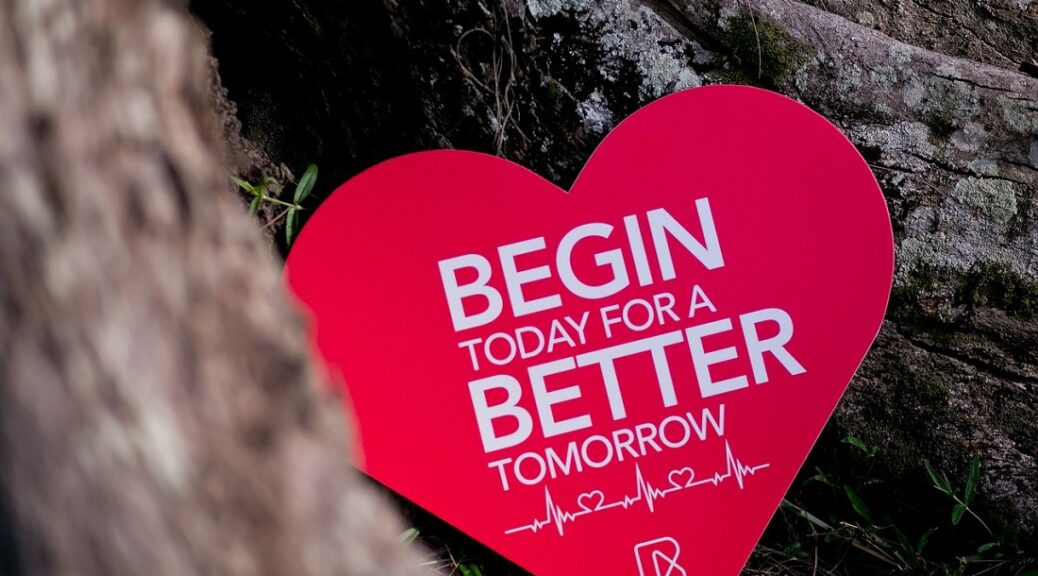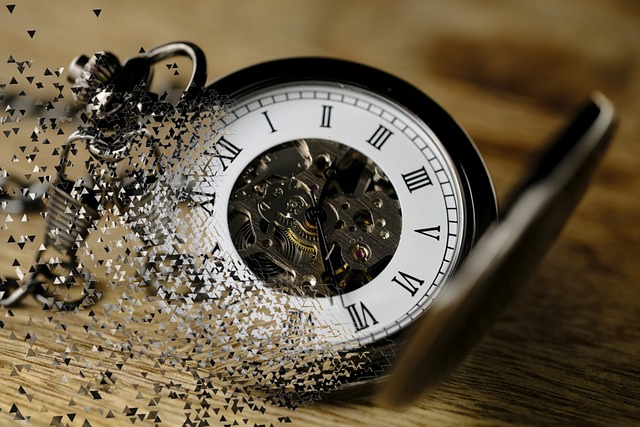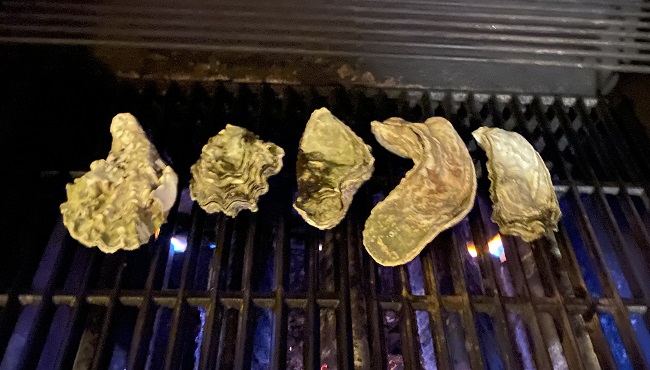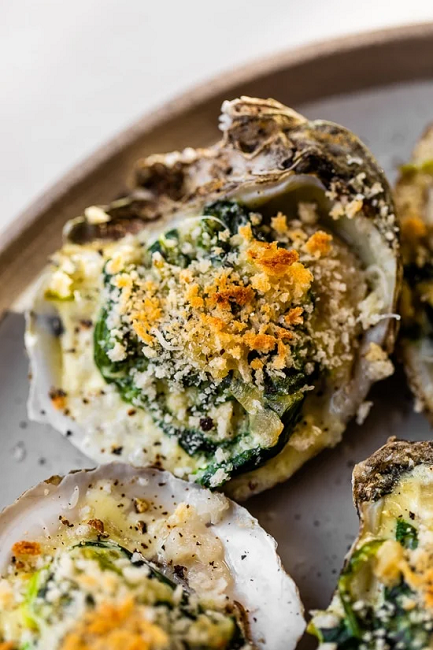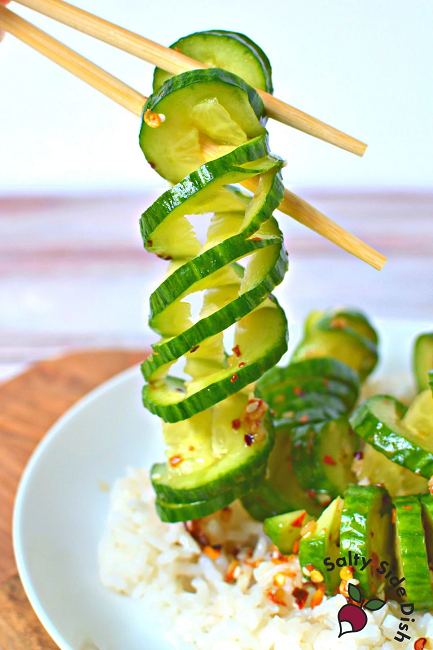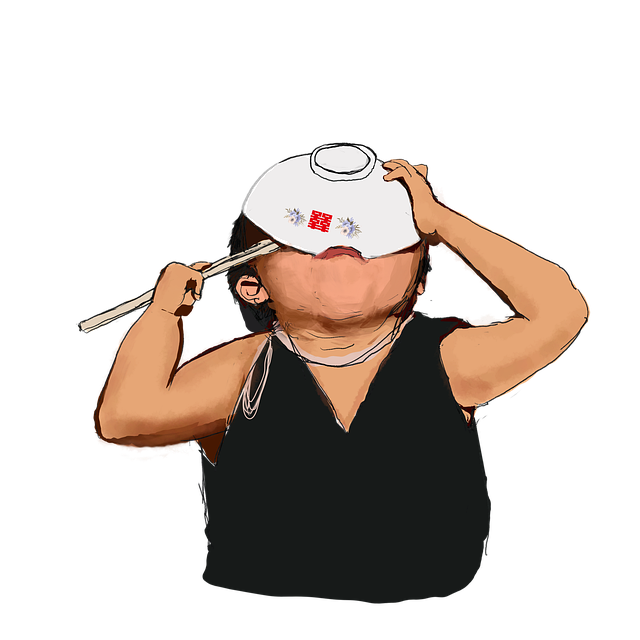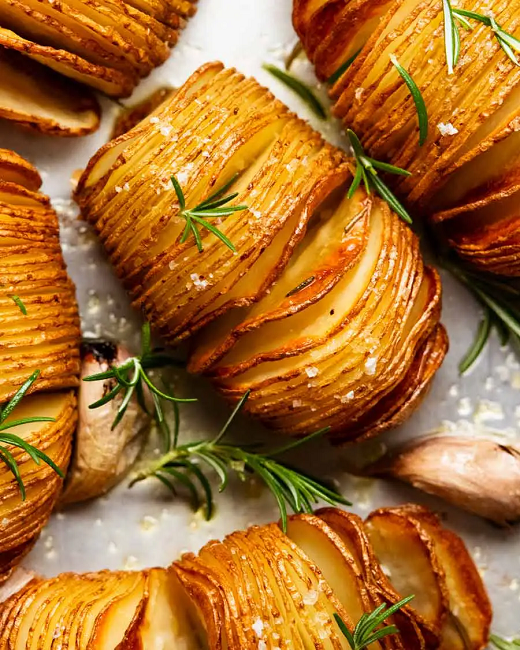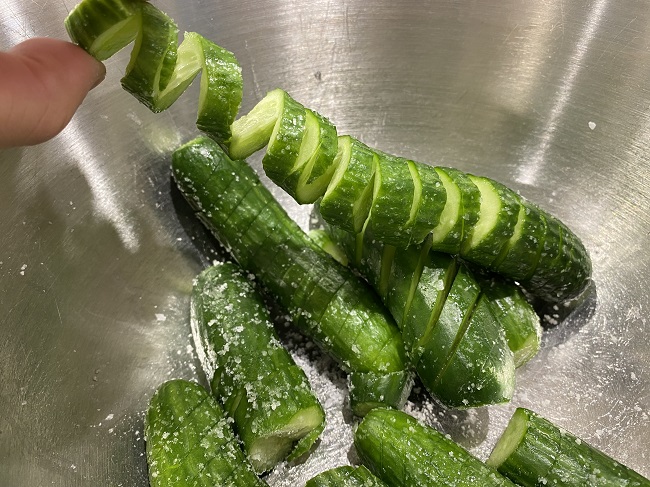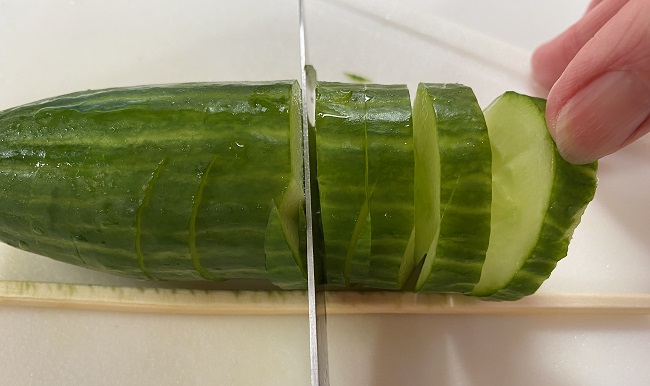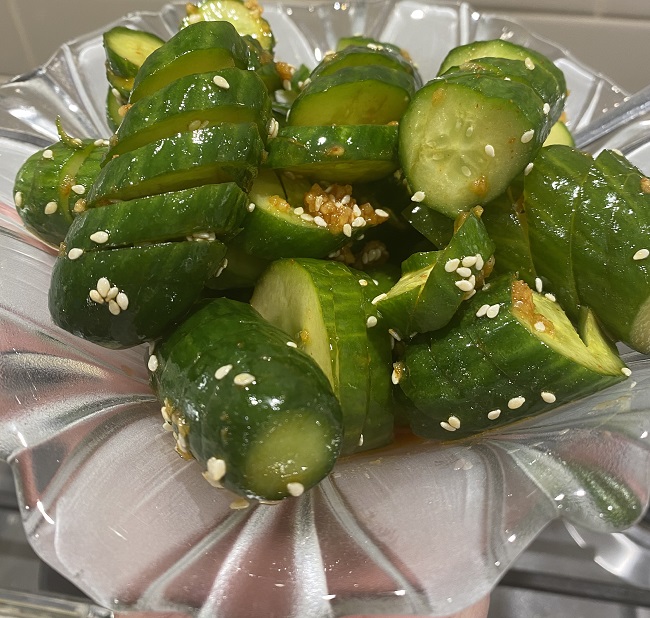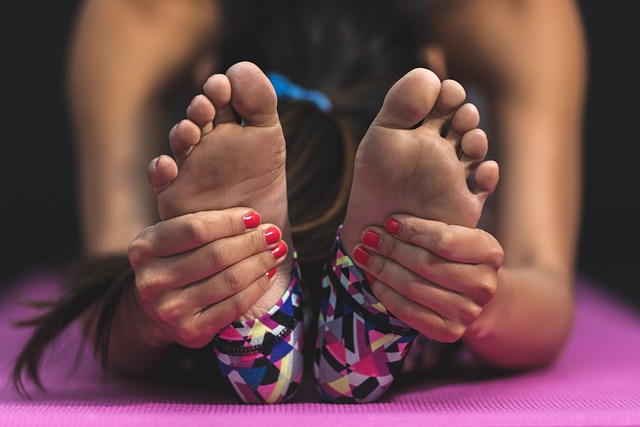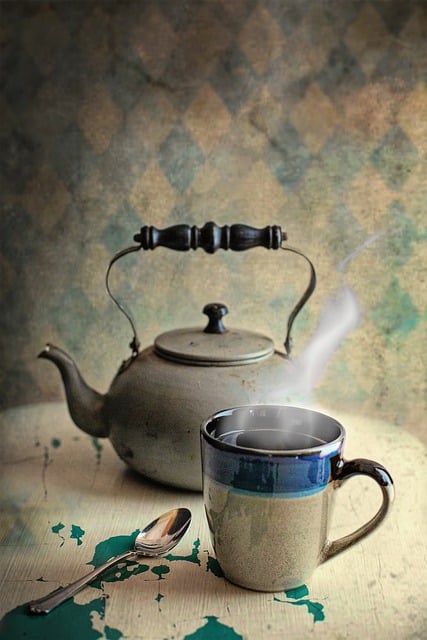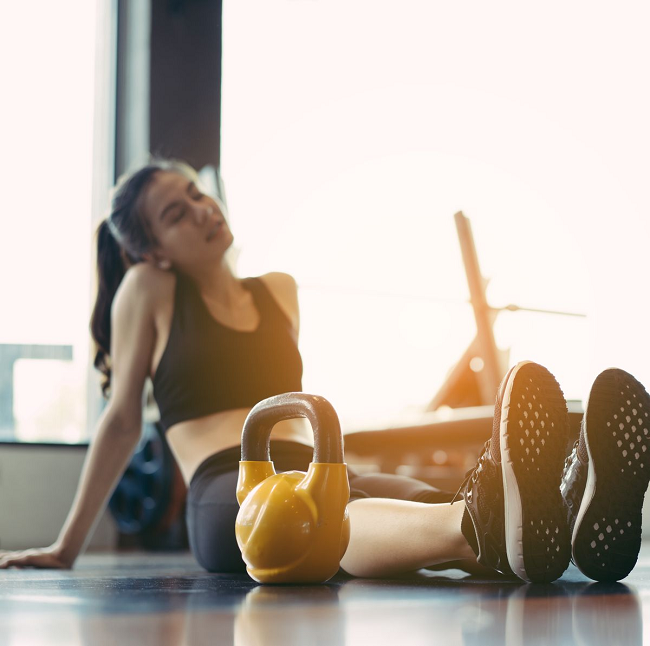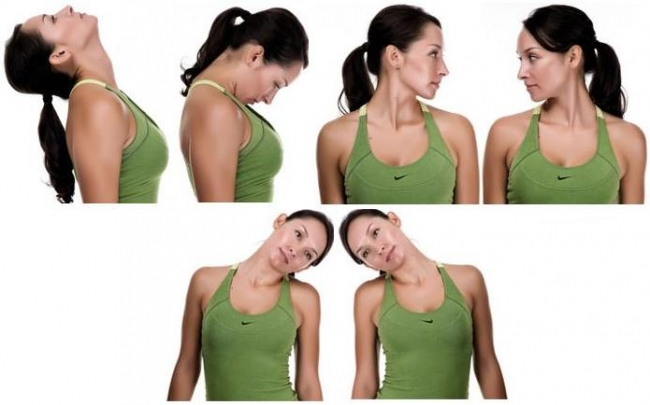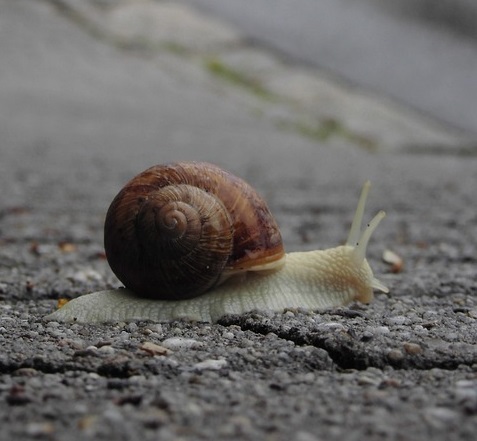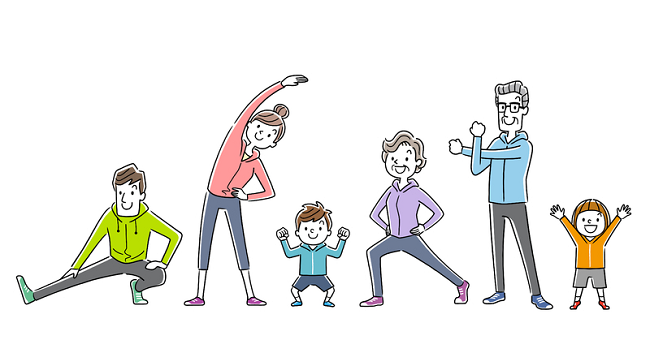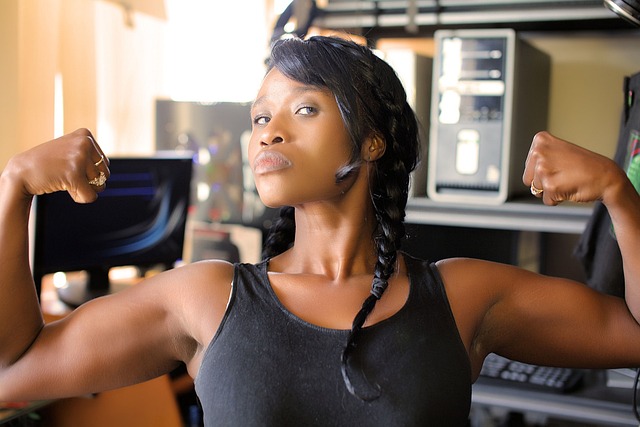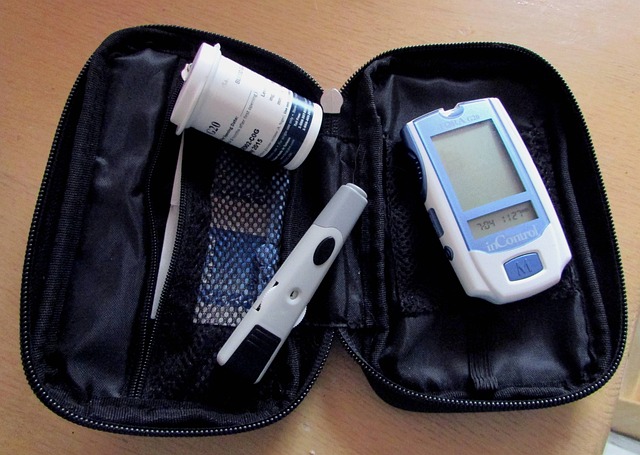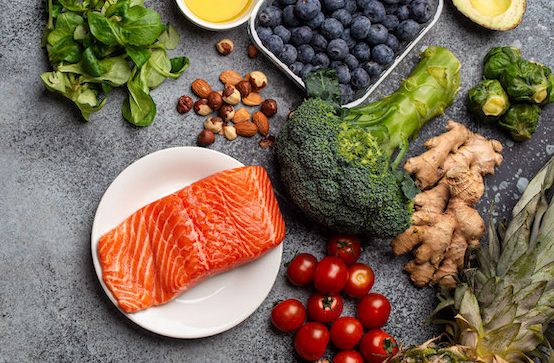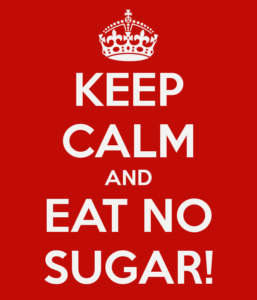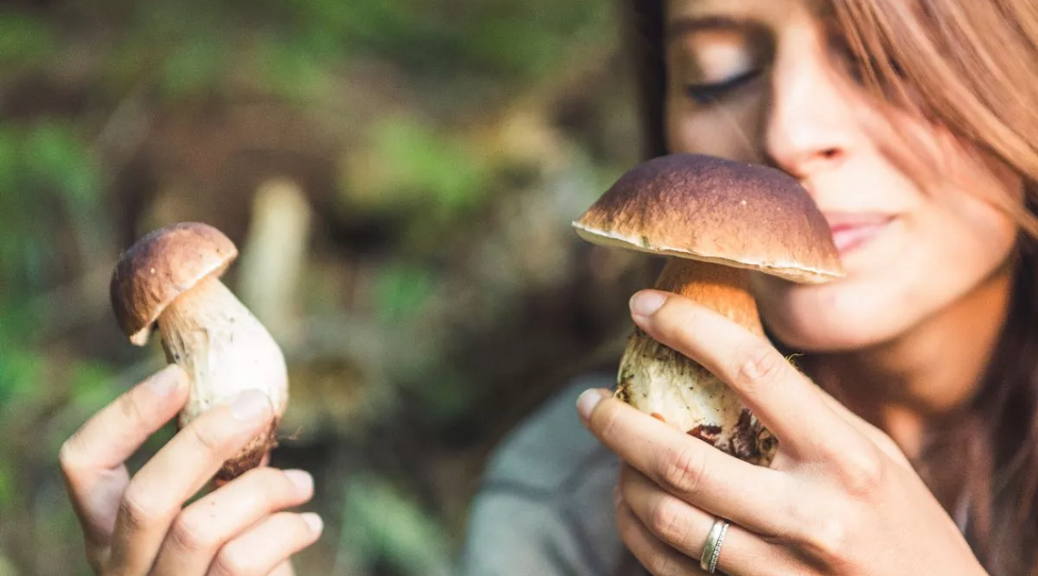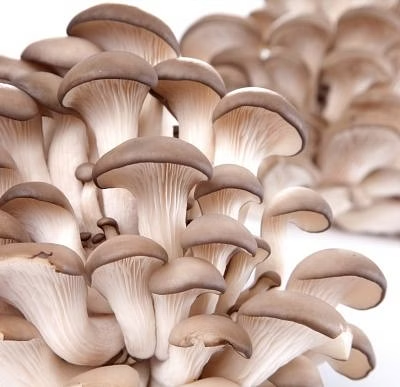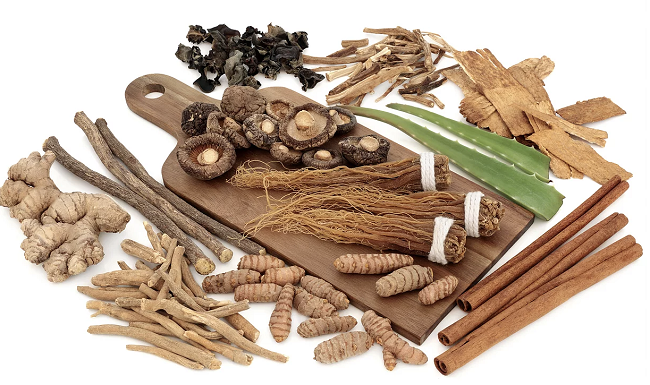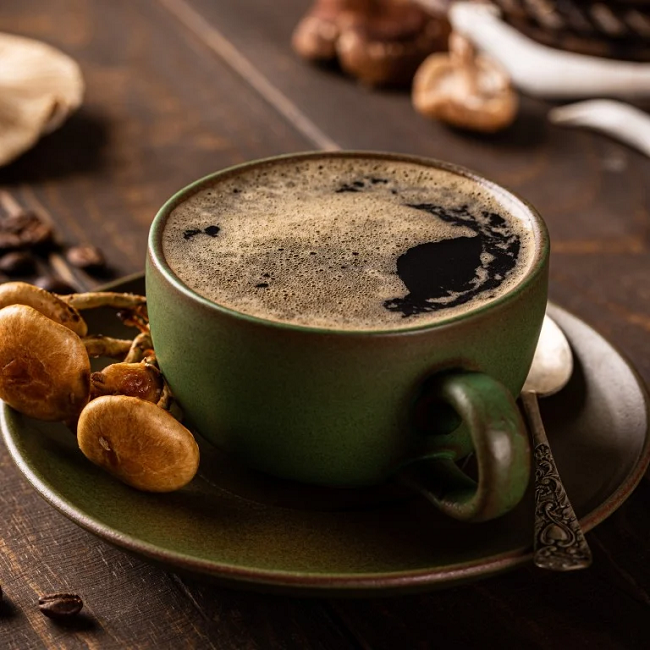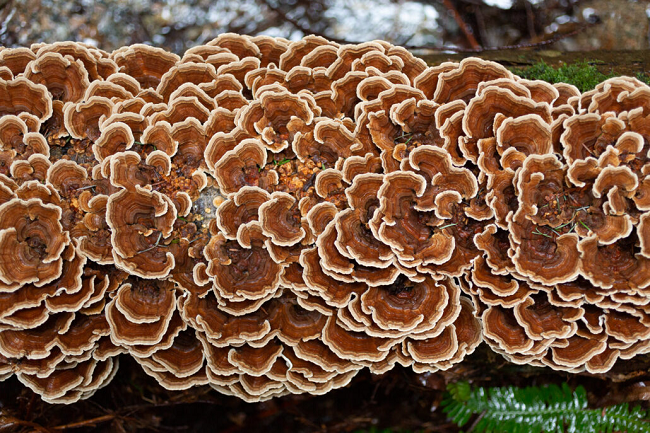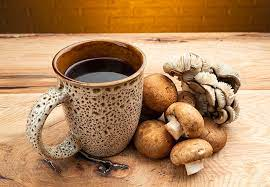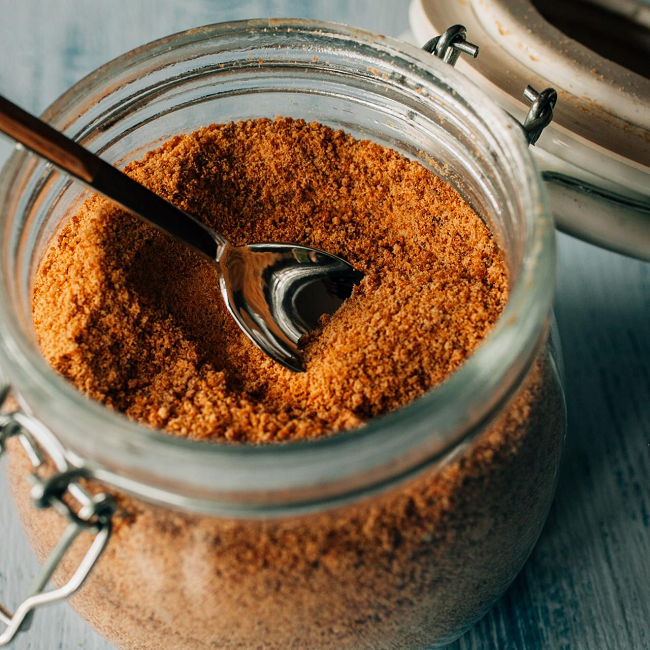Are you a note taker?
I take notes when listening to speeches all the time – there’s always some new idea I want to remember or refer to again. Note pads and notebooks abound at home.
It’s like I can’t listen without taking notes – the same way some people can’t talk without using their hands. (Oops, I may do that, too!)
While rummaging through my desk drawer in search of … a notepad – what else? I rediscovered some old scribbles I have referred to several times:
The more emotion you are in, the more motion you should be in.
Wish I could give credit to the lady speaking to our group back then, but her name was not in my notes. She shared with us how stress hormones directly affect our physical health, and how we could counteract natural reaction through movement.
Her introduction to the connection between stress and physical disease was, “the more signs and symptoms we have of stress, the more we need to do something different.”
What are your signs of a stress reaction?
For many, ground zero may be the stomach:
The stomach is one of the most common places people hold stress. Stress in the abdomen/stomach usually manifests itself in maldigestion, changes in appetite, and even stomach pain. If you’re someone who tends to resist change or feels like you don’t have power over their life, you might hold stress in your stomach.
Our speaker described the stress hormones we release as, “getting caught in the body, wrapping around internal organs … and killing us.”
Now, there’s a graphic image to remember.
Then she crystalized the knowledge that exercise increases the production of our feel-good transmitters, called endorphins, by saying that getting our bodies in, “a new motion would result in a new emotion.”
Today’s simple reminder is to:
Use our “magic potion”
of getting our bodies in motion
to create better emotions
that will slay that thing wrapped around our innards.
—————————
In health and still doing planks and wall sits –
Deidre
As always, it’s easy to share this post using the options under the MORE button below.



